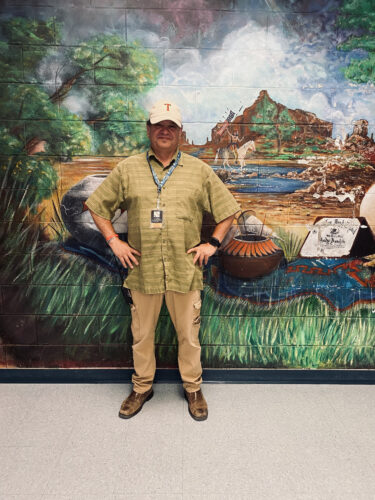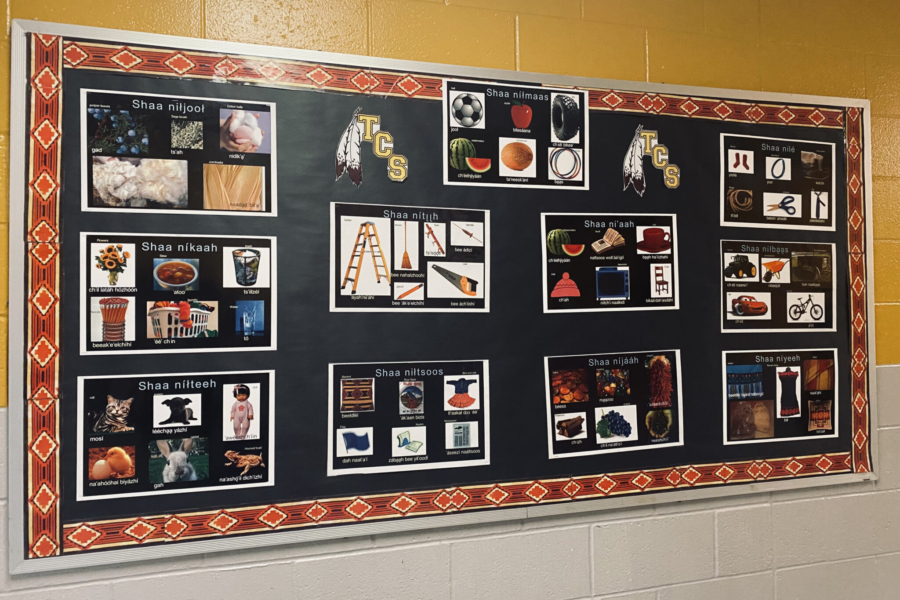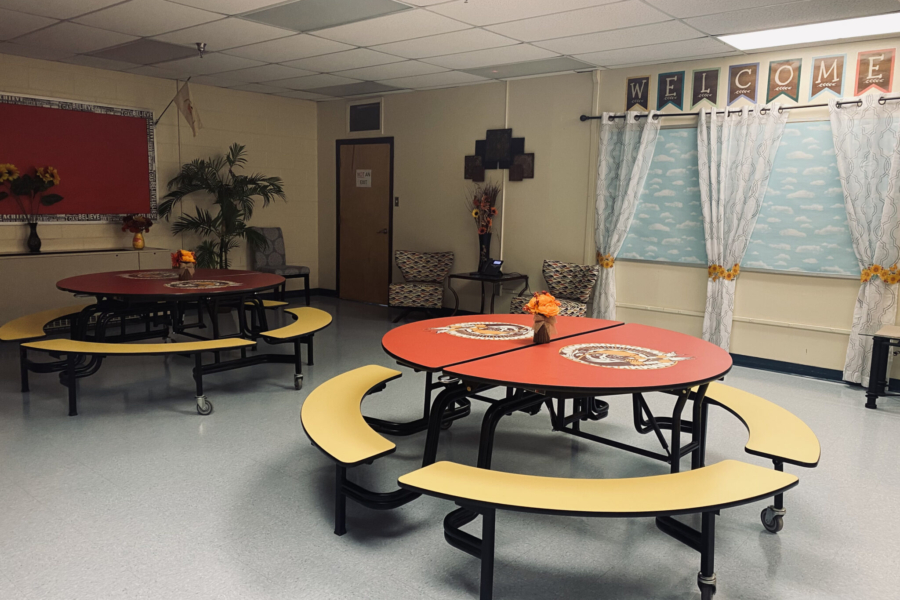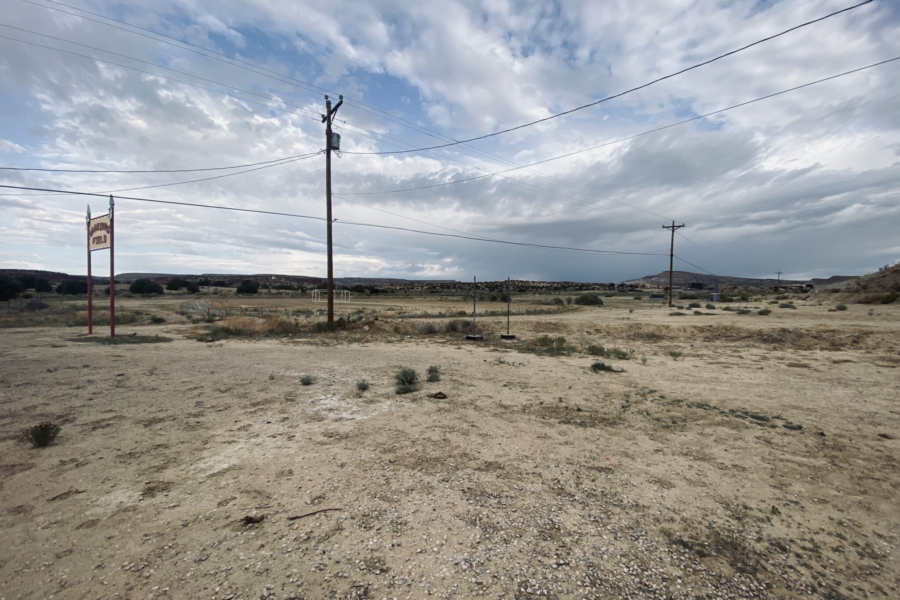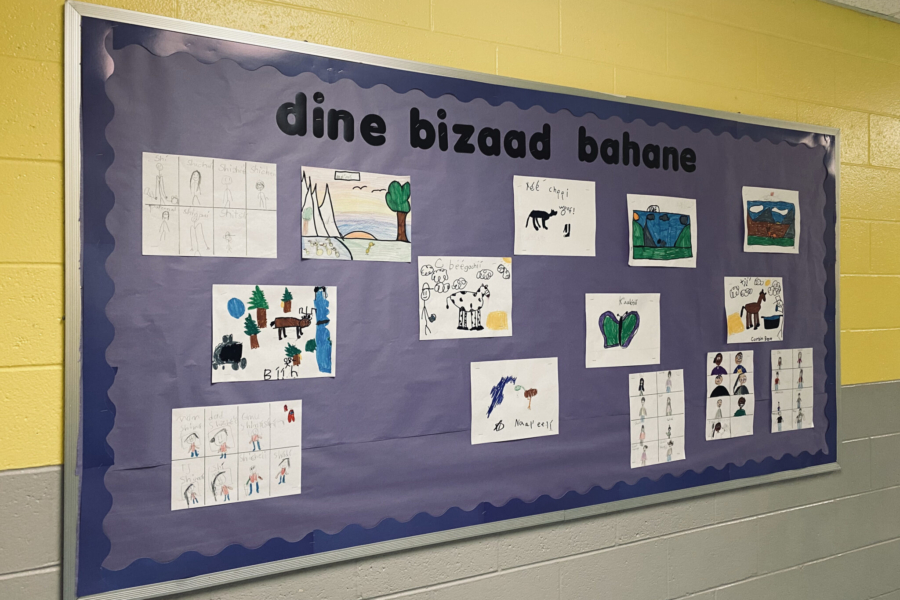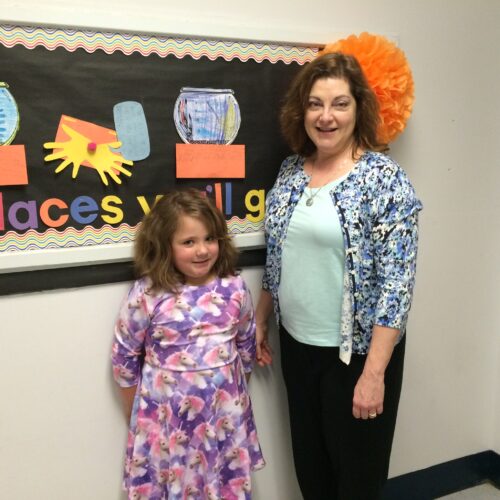While visiting Martin County, Kentucky last fall, I first met with Kara, our site coordinator at Martin County High School, and I was absolutely blown away by her caring nature and the extent of services she and her assistant offer the young people at her school.
Kara stated that she feels her main goal is to help the teenagers at her school look and feel good, just like everyone else, so that they will fit in and are not ostracized because of what they do not have. As such, she often provides the children with tennis shoes and assorted clothing items, and she keeps boys’ dress clothes and an assortment of prom dresses on hand for those who would otherwise not get to go to the prom or other special school functions.
Kara says her program could not exist without the financial support from Children Incorporated.
Kara also helps the children get their choir outfits (black pants and shirts) and makes sure that all the children she serves get at least one official school t-shirt, sweatshirt, or hoodie. Much of the clothing Kara shares is the result of Children Incorporated Hope In Action grant money. Kara says her program could not exist without the financial support from Children Incorporated.
MEETING OUR SPONSORED CHILDREN
While at Martin County High, I also met two students, Patrick and Kristen.* These children proudly took me for a tour of the beautiful building and grounds of the school, and it was a real pleasure to talk with them. Patrick said that his sponsor does write to him, and he has been very blessed to have her in his life. While his home situation is not good, he has an extremely positive attitude and is now making post-graduation plans to attend a local college and train to become a travel nurse. Kristen is very interested in criminal investigation work and has plans to attend Ohio State University, provided she can get enough financial support to afford it.
Martin County High School is perhaps one of the nicest and most well-maintained public school facilities that I have ever seen. It is bright and inviting, and just an overall beautiful building with very nice grounds.
GREETINGS FROM MARTIN COUNTY MIDDLE SCHOOL
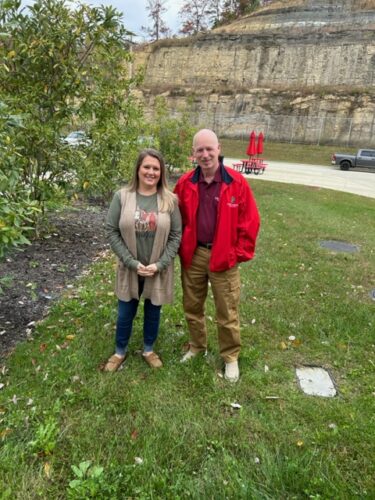
Ron stands with Kara outside Martin County High School.
Next, our volunteer coordinator, Jennifer, welcomed me quite warmly to Martin County Middle School. Jennifer is extremely organized and makes master lists of all the various activities she oversees for the Family Resource Youth Service Center. For Children Incorporated, Jennifer has a spreadsheet that lists each Children Incorporated enrolled child, along with their clothing sizes, sheet and linen sizes, food preferences, and assorted other wants and needs. This makes it much easier for Jennifer to purchase items for the children in our sponsorship program.
Jennifer shared that the biggest issue facing her children is food insecurity. She said that families in Martin County are struggling like never before to make ends meet on a very limited food budget. During the COVID pandemic, the amount of food stamps a family of four received was approximately $1000 per month. Post-COVID, that amount has been reduced closer to $400 per month, a decrease of 60%, yet the cost of food has risen significantly. Jennifer said that she has called on Children Incorporated several times for money to purchase non-perishable food items for children in her program. She maintains an incredible food pantry in her office consisting of pop-top and easy-to-open non-perishable food items (mac and cheese cups, vienna sausages, canned soups, juice boxes, etc.), and she tries to always keep individually-wrapped snacks (bars, chips, small cereal boxes, candy, etc.) on hand for children who come to school without lunch or snacks.
Jennifer also maintains a very impressive clothing closet. She is a bargain shopper and purchases pants, shirts, and underwear on clearance at the local Paintsville Walmart and other stores. She also buys shoes anytime she sees them at a reduced price. Using primarily Children Incorporated funds, she recently bought 76 pairs of new shoes from the reduced price racks from a Huntington shoe store.
I was totally impressed with Jennifer’s program and how she manages it.
While I was visiting Jennifer, a young girl came in and asked for a pair of sneakers. Jennifer opened the closet and let the child choose a pair that she liked. Another young girl came in and got a light-weight jacket. Jennifer admitted that some of the money received from Children Incorporated, especially Hope In Action Funds, may also help children at the school that are not enrolled in the Children Incorporated program. I told her that that is absolutely fine as long as the needs of Children Incorporated-enrolled children are met first.
I was totally impressed with Jennifer’s program and how she manages it. She is a very organized coordinator as far as how she maintains her office, food pantry, food closet, and the services she provides to her school.
*Names changed to protect the children.
***
HOW DO I SPONSOR A CHILD WITH CHILDREN INCORPORATED?
You can sponsor a child in one of three ways: call our office at 1-800-538-5381 and speak with one of our staff members; email us at sponsorship@children-inc.org; or go online to our sponsorship portal, create an account, and search for a child that is available for sponsorship.
SPONSOR A CHILD

